Archive
2020
KubaParis
louisa-clement-mary-audrey-ramirez

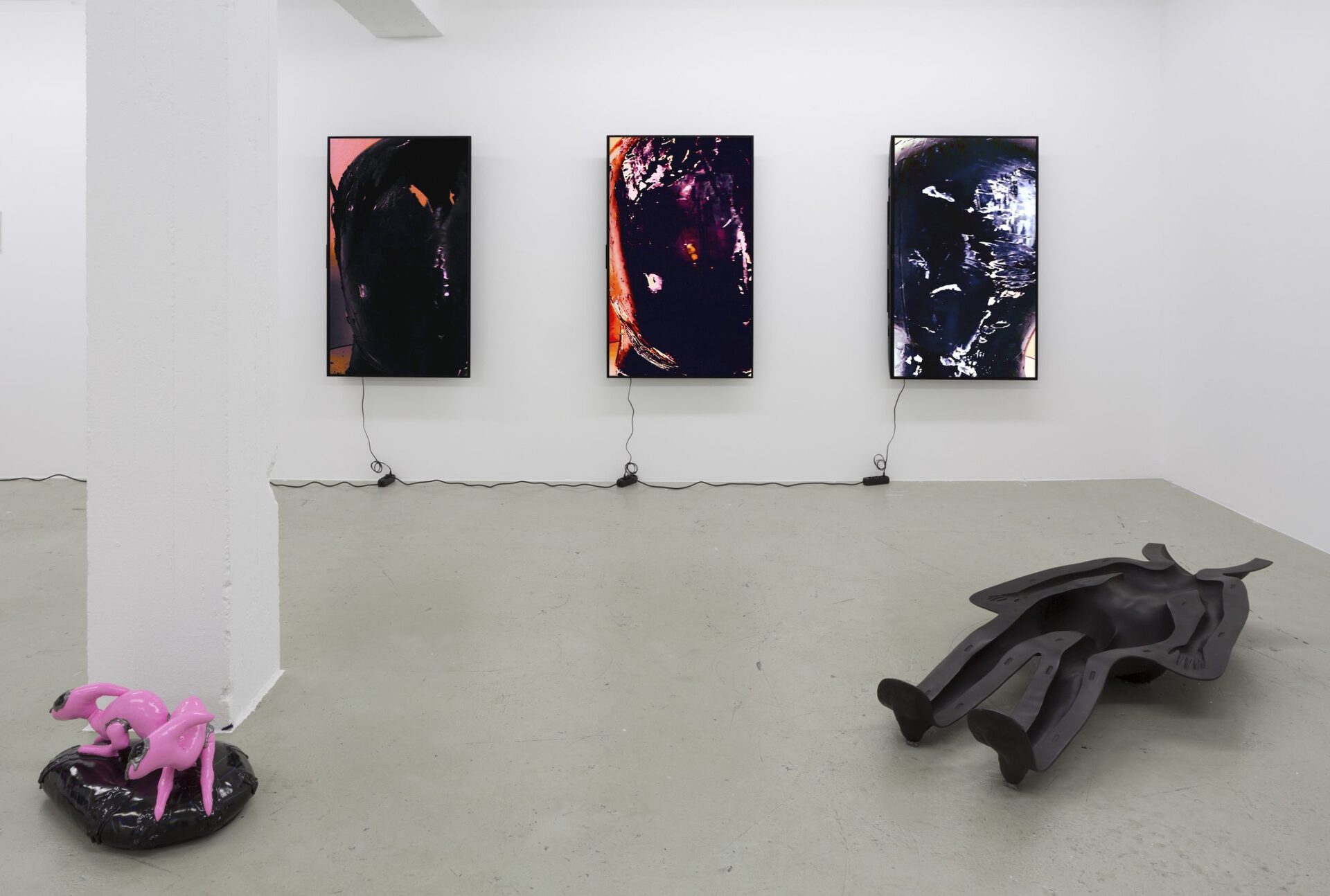
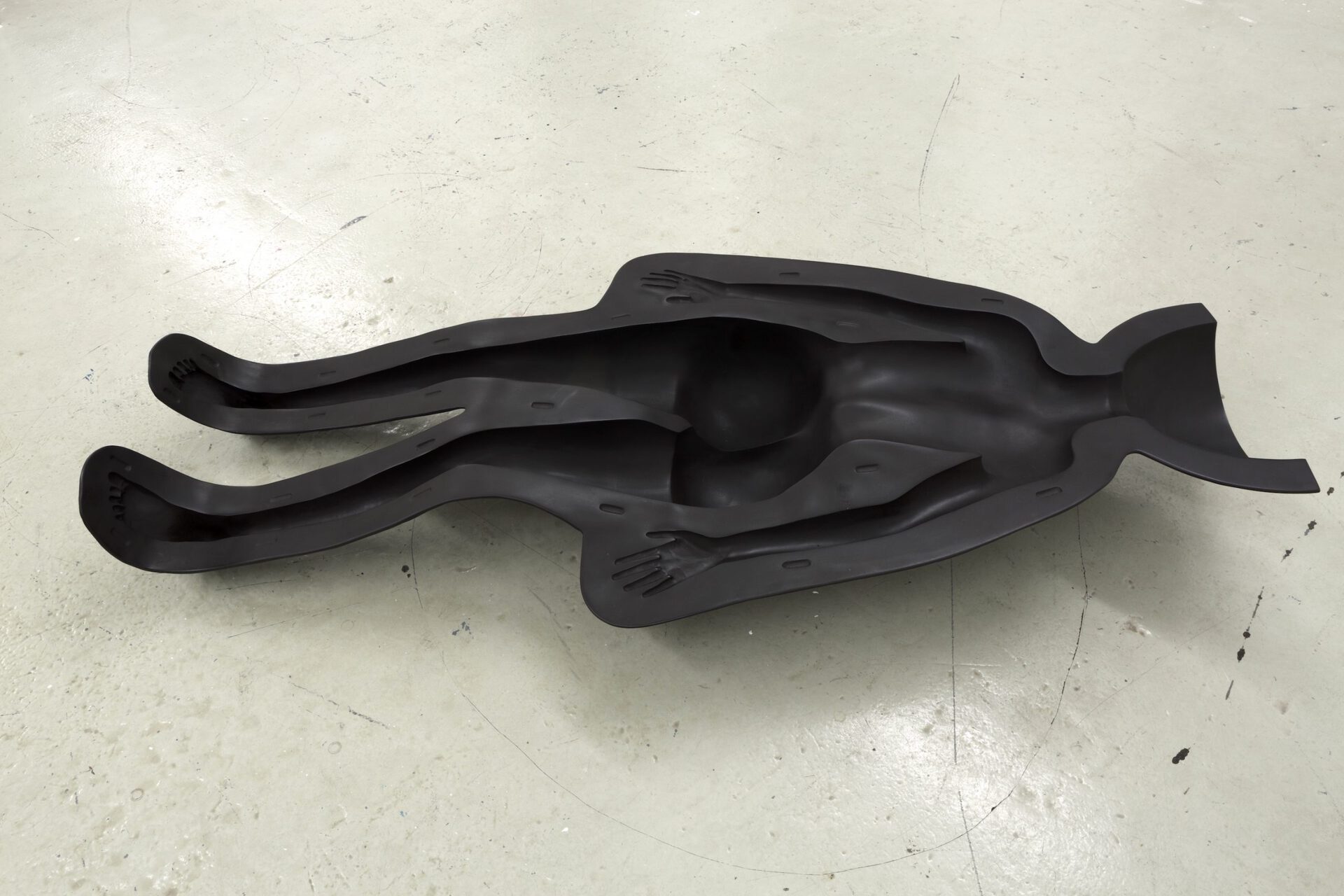
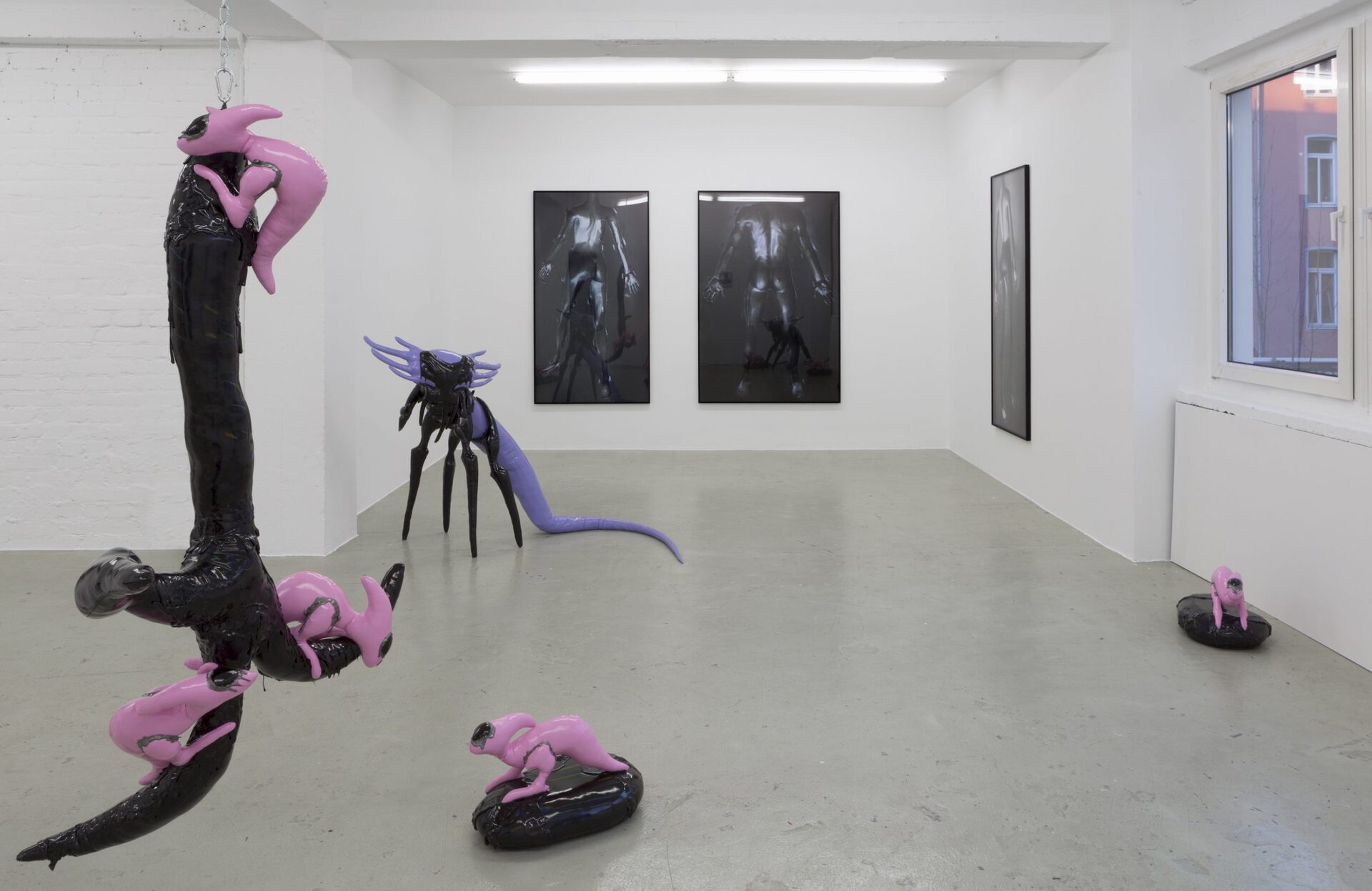

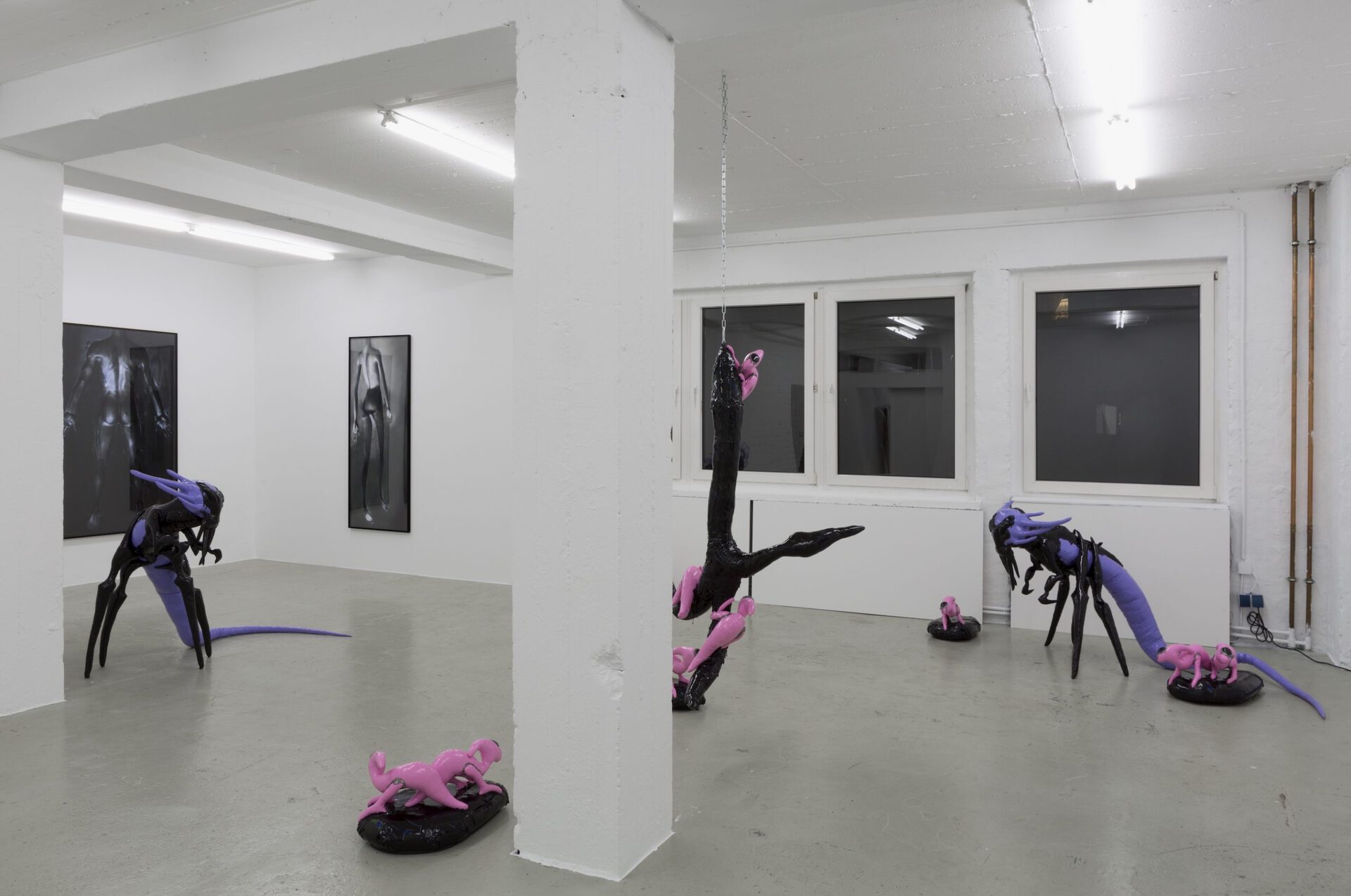
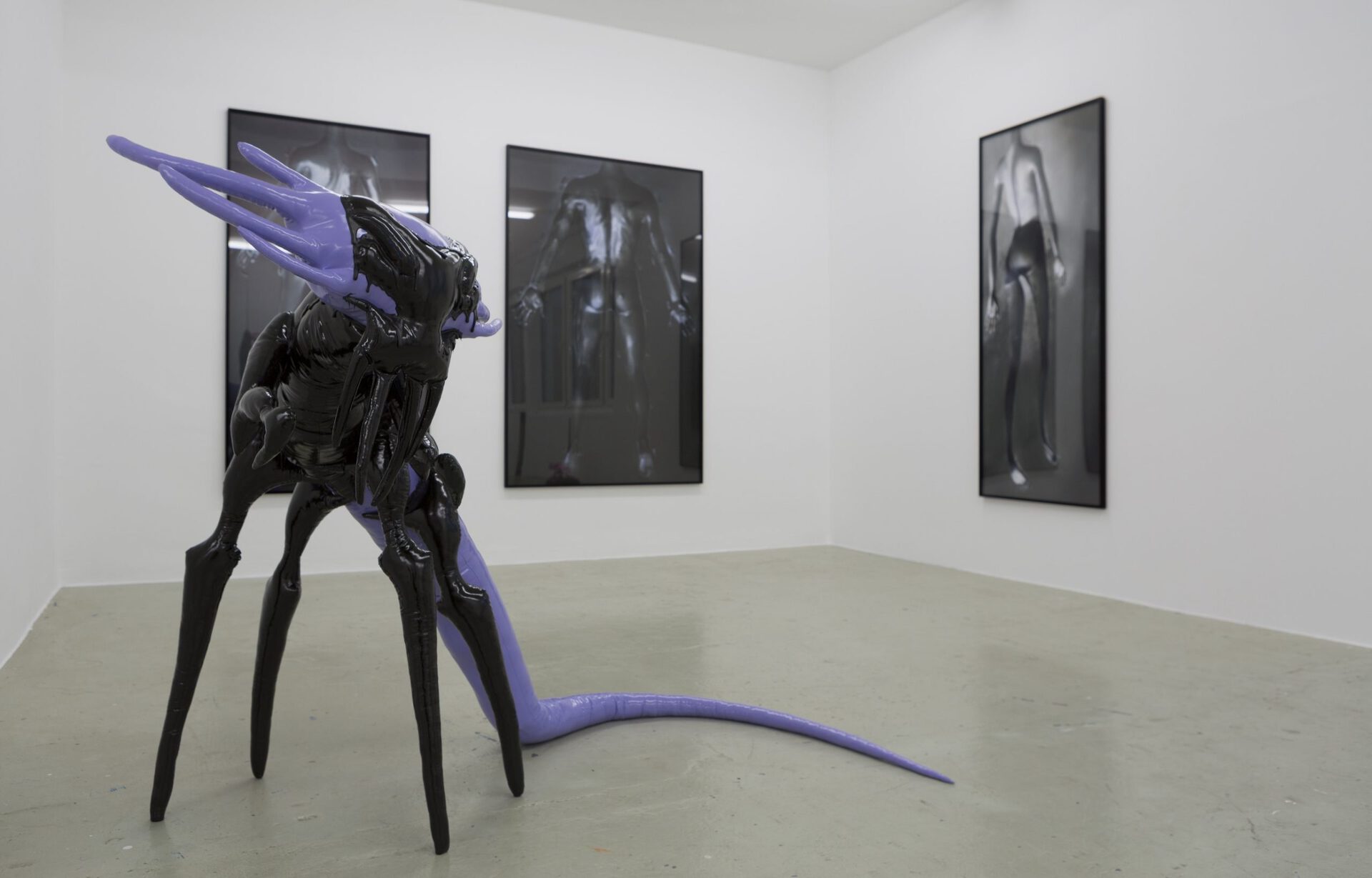
Location
MARTINETZDate
18.11 –18.12.2020Photography
Tamara LorenzSubheadline
The future of humanity is a question of its technological transformation and projection with unforeseeable psychological and societal consequences. The bio-cybernetic transformation of body and soul is faced with the formation of artificial beings. Louisa Clement (*1987 in Bonn) and Mary-Audrey Ramirez (*1990 in Luxembourg City) are linked by an intensive examination of these developments on the transhumanist horizon amidst the dissolution of human boundaries, between genetic engineering, artificial intelligence and fiction.Text
Louisa Clement’s nearly life-size photographic works are part of the series ‘Body’ from 2019. The inkjet prints are based on bronze sculptures from the series ‘Mould’ and are photographs of the positive-negative moulds for casting human-like dolls. The dolls with male and female attributes, that have a plastic effect in the photographs, stem from the production of (conditionally) adaptive androids made by a Japanese company both as a partner substitute and for erotic stimulation. Partially tailor-made according to the wishes of the customers, they raise the question of broader possibilities within the substitution of real interpersonal contacts. The human ability to fictitiously animate inanimate matter is the counter motive to the practice of objectification of real people, such as is common in digital exchanges where the parameters are reduced to those of an ideal.
Mary-Audrey Ramirez’s synthetic creatures follow a different and no less current path. They imagine the creation of artificial biological life as present in films and computer games. Their glossy surfaces and unconventional colour schemes convey an artificiality that is possible for elaborately calculated representations. Thematically, they also refer to cosplay, in which fans dressed in fantastical costumes take on the roles of characters from mangas, anime and computer games. Playful immersion in these fictional and typecast parallel worlds also experiences ambivalence in terms of the loss of reality and self-perception and the often precarious erotic connotations. Even the aliens bear their own ambivalence within themselves, whereby their aesthetic effect oscillates between cuteness and horror.
Thomas W. Kuhn